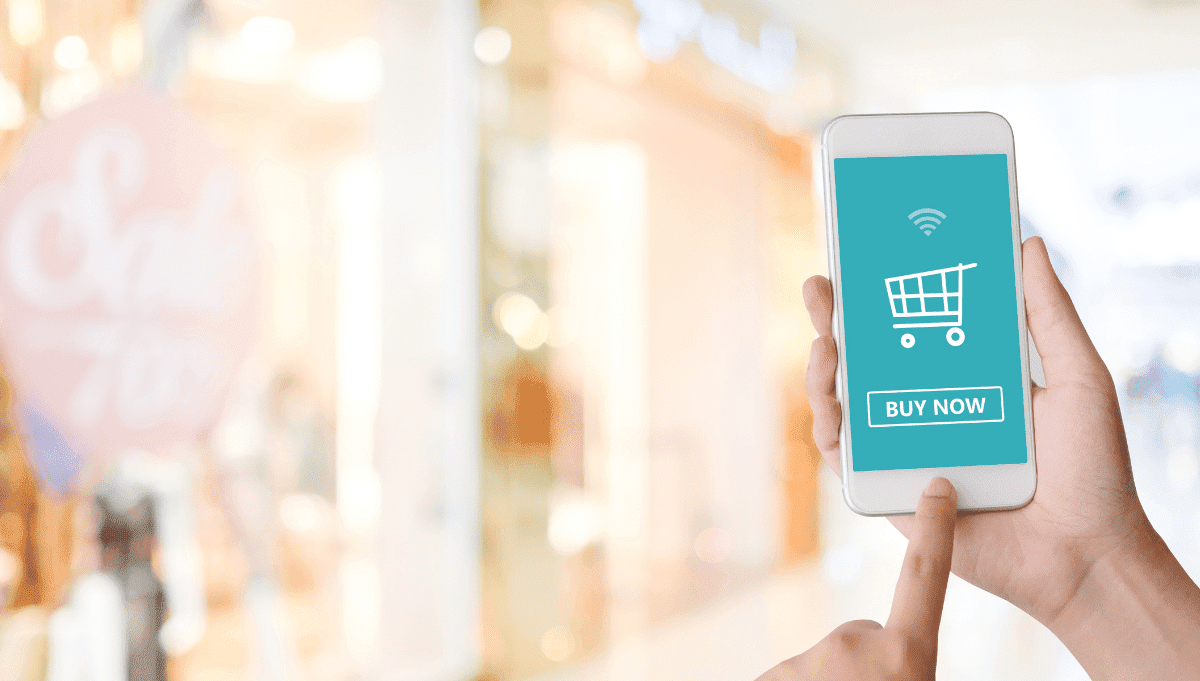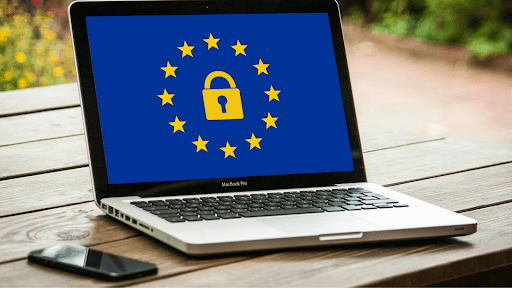
A personalised customer experience will be a key differentiator for retailers as shoppers settle into their new post-pandemic habits. As bricks and mortar stores begin to reopen, retailers should consider incorporating personalisation into their online and offline strategies.
>Share this post<

by Lauren Cassidy
May 07, 2021
A personalised customer experience will be a key differentiator for retailers as shoppers settle into their new post-pandemic habits. As bricks and mortar stores begin to reopen, retailers should consider incorporating personalisation into their online and offline strategies.
Personalisation is a matter of ‘delivering the right experience to the right customer at the right time’. 91% of consumers are more likely to shop with brands who provide personalised recommendations. Tailored experiences will be critical for responding to the growing demands and customer expectations amidst the “New Normal”.
As a leader in personalised eCommerce technology, Amazon has already developed advanced learning algorithms using data such as purchases, searches, and reviews. The retail giant’s advanced recommendations engine collects and analyses all browsing activity and transaction data to create a feedback loop. The platform gets smarter as more people use the service and the process starts again. We can only expect that other retailers will aim to follow suit – but where should they start?
Personalisation is a matter of ‘delivering the right experience to the right customer at the right time’. 91% of consumers are more likely to shop with brands who provide personalised recommendations. Tailored experiences will be critical for responding to the growing demands and customer expectations amidst the “New Normal”.
As a leader in personalised eCommerce technology, Amazon has already developed advanced learning algorithms using data such as purchases, searches, and reviews. The retail giant’s advanced recommendations engine collects and analyses all browsing activity and transaction data to create a feedback loop. The platform gets smarter as more people use the service and the process starts again. We can only expect that other retailers will aim to follow suit – but where should they start?
Collecting your customer’s data
Firstly, begin by ethically collecting data from your customers that will allow you to automatically generate the appropriate suggestions and offers. Online shoppers will become frustrated if a website’s content is irrelevant to their interests. However, 83% of customers are willing to share personal data with their favourite brands if it results in a more customised shopping experience.
We suggest collecting any personal details as early in the customer journey as possible. Otherwise, you should allow shoppers to checkout as a guest by submitting their email address before purchase. This way, you can avoid customers dropping off your site without securing the opportunity to follow up with them. This can help to reduce the probability of cart abandonment and prevent lost sales.
Note, retailers carry the responsibility to use any information collected from customers. This needs to be done in an open and honest manner and to also ensure this information remains secure. It is also crucial to avoid inundating your customers’ inboxes with marketing or overloading their browsing sessions with annoying pop-ups.
Think about creating the type of satisfying shopping experience that you would expect in a physical store. This includes respecting personal space and giving your customers the choice to opt-in or out of any promotional messages.
A Personalised Customer Experience (CX)
59% of consumers say personalised engagement based on past interactions is very important to winning their business. As we have seen, customer loyalty has come under threat since Covid19. Consumers are experimenting with new brands, which means retailers need to be doing all they can to stand out on experience. Personalised customer experiences should be based on interactions such as what consumers with similar shopping habits and interests have purchased. Suggesting offers and promotions that are relevant can help increase sales and improve customer satisfaction levels. Keep them coming back for an experience they love. Simple!
While collecting information early in the customer journey can help the sales process, IMRG has also stressed the importance of moving further upstream in the shopping lifecycle. This can be done by creating personalised campaigns that can react to browsing behaviour with messages before an item has been added to a basket.
Retailers can leverage this browsing data to re-engage with visitors with personalised email newsletters – increasing the success of shopping sessions while also reducing cart abandonment. For example, Kooomo brought Italian fashion retailer Camomilla onto our omnichannel solution with personalised suggested items. This resulted in a 59% online sales Increase from 2018 – 2019.
Personalising the in-store experience
With outlets re-opening across the UK and Ireland, retailers need to look to their in-store experience. Not only will this include social distancing protocols, but a unified approach to shopping. With new consumer habits, shoppers expect a continuous flow between online and offline. By syncing information gathered online with the central Point of Sale (POS) system in-store consumers can enjoy as convenient and safe an experience as possible.
For example, a customer may be looking to purchase an item from a particular store branch in nearby. They check the website to see if it is in stock at that location ahead of time, and unfortunately it is not. However, it is available at another branch within travelling distance for the consumer. Now the consumer can plan their visit and avoid an unnecessary journey.
This drastically minimises the risk of losing their custom to a competitor.
40% of consumers expect staff in a brand’s physical store to know their online purchase history. Thus, retailers should remember that personalisation does not only apply to online shoppers. Retailers should equip all staff with the know-how to their system and knowledge of your products so they are able to provide the best possible customer service and in-store experience.
Using Bluetooth beacon technology can also be valuable for improving the in-store experience. Heat maps can be created, revealing hot spots and deliver real-time promotional content – helping to improve the personalisation of store offerings. As restrictions ease and retailers begin opening their doors, we may also see this technology being deployed to create socially distanced shopping that supports safe in-store browsing.
Conclusion
In conclusion, retailers who can provide a personalised experience in a secure and ethical way will stand out from those who don’t. Striking the careful balance between helpful and annoying communications will be the key to retaining consumers as stores re-open. Don’t ambush your shoppers with slick deals. Instead, create insight lead engagements to strengthen the consumer-brand relationship. The bottom line is that consumers have come to expect personalisation. Therefore, you may lose customers to your competitors if you don’t have the right strategy and technologies in place to achieve this.
More to explore
In the next few years, we are foreseeing an impressive increase for the global retail industry. While this can be beneficial for the global eCommerce industry, it also means that there will be more competition, as well.
European Data Protection rules were launched back in 2018, to protect the confidentiality of our personal data but even four years later, there is still a lack of understanding among companies and consumers about how to comply with the best practices. Big tech companies, like Google or Amazon, usually refer to the acronym GDPR, to explain the rules that verify the data, so it is not used inappropriately, but to add details to create confusion.



